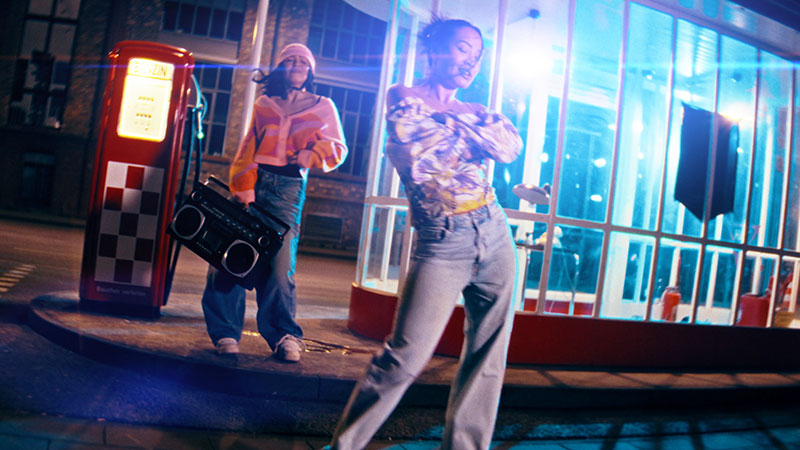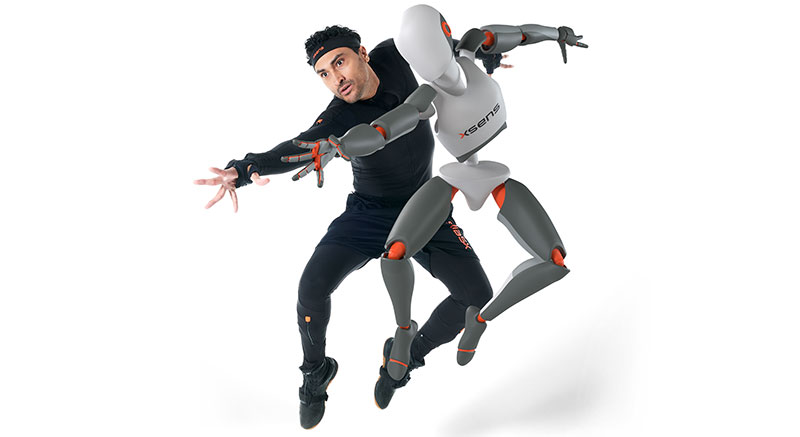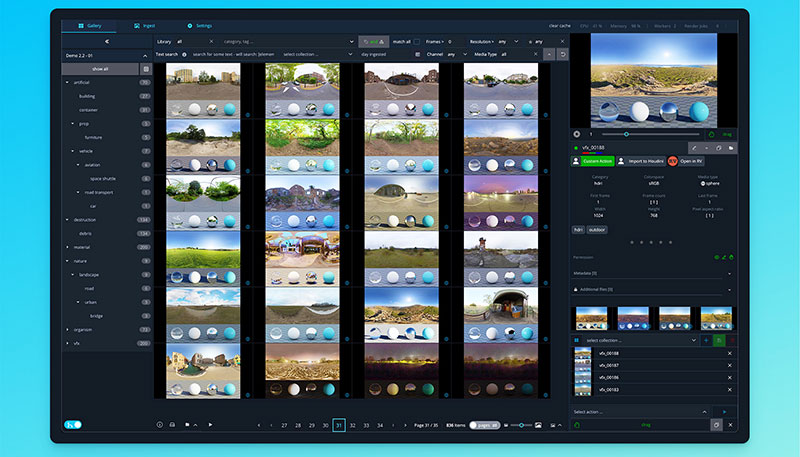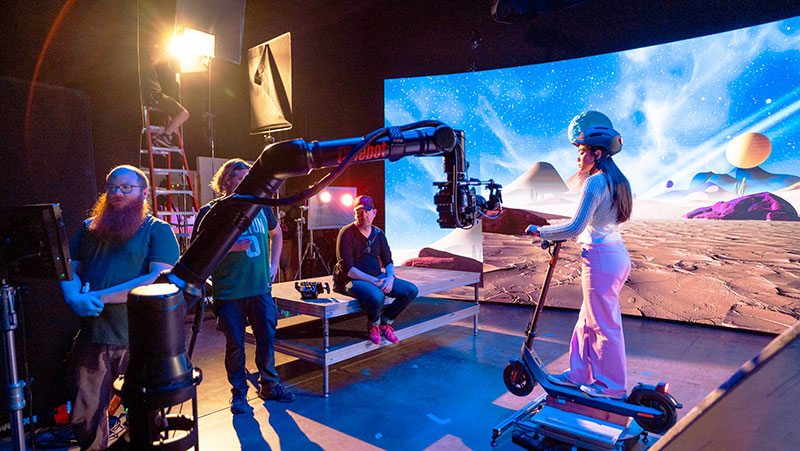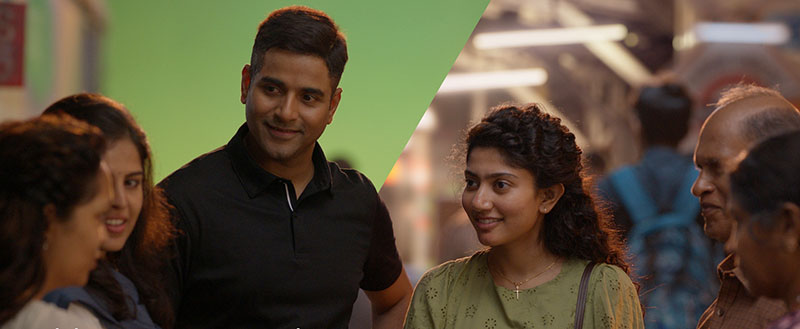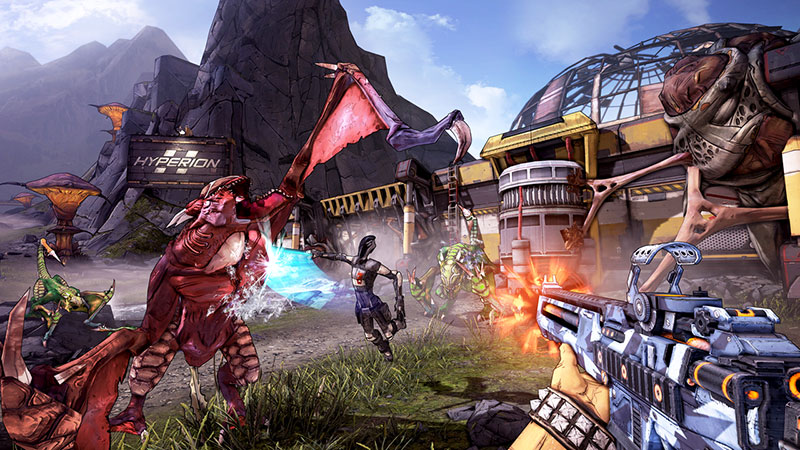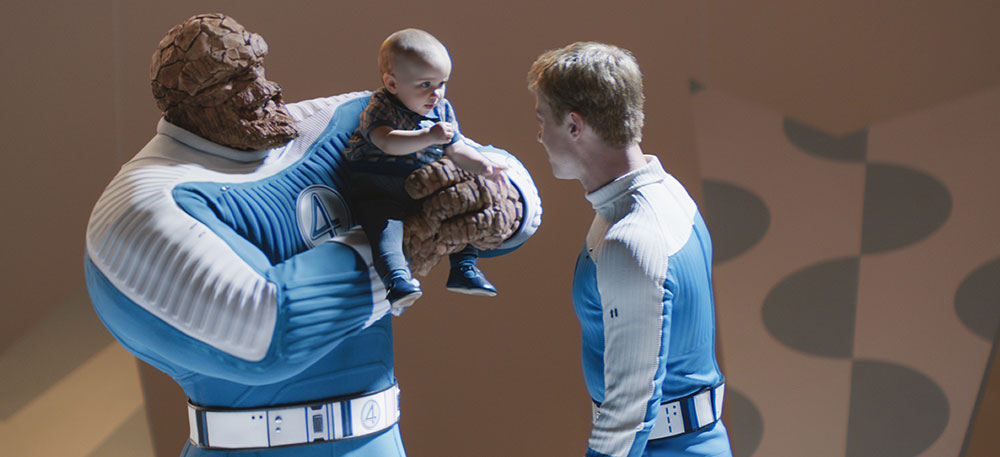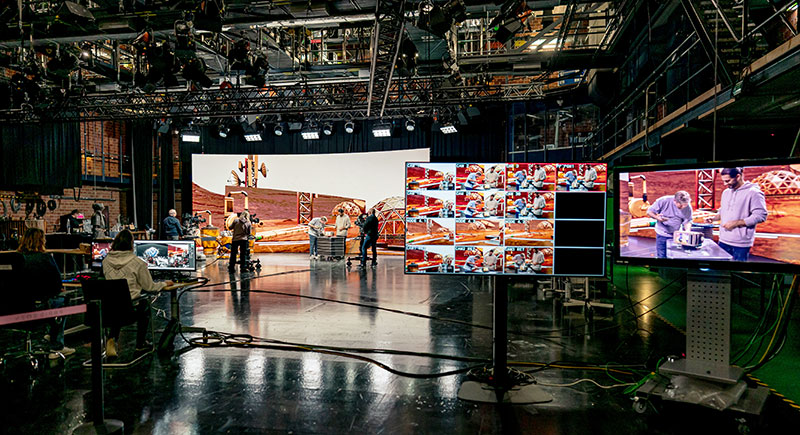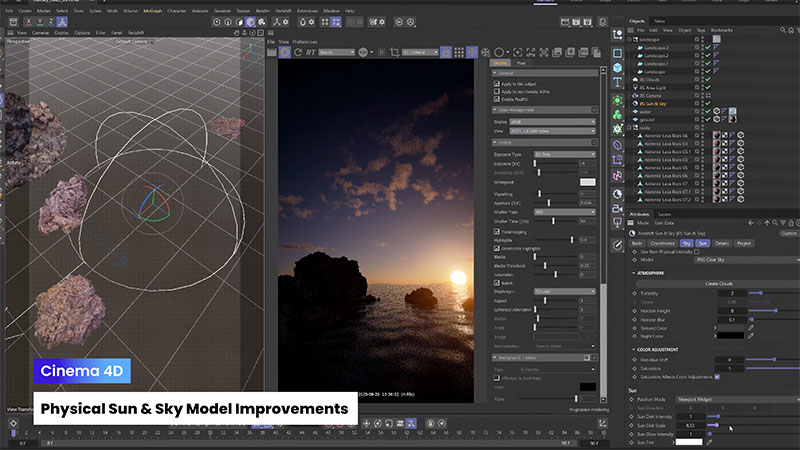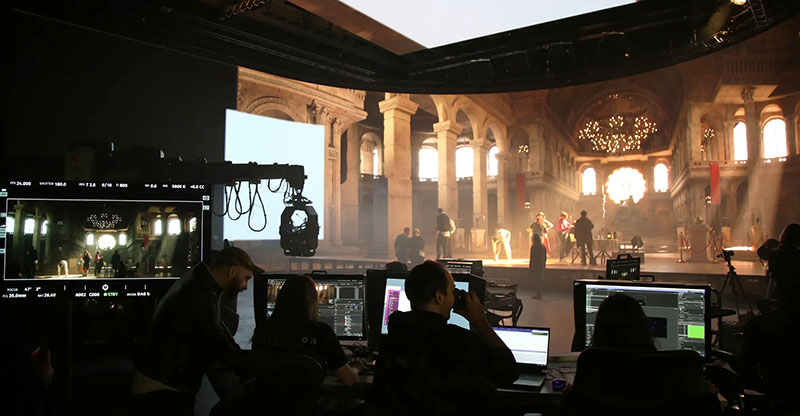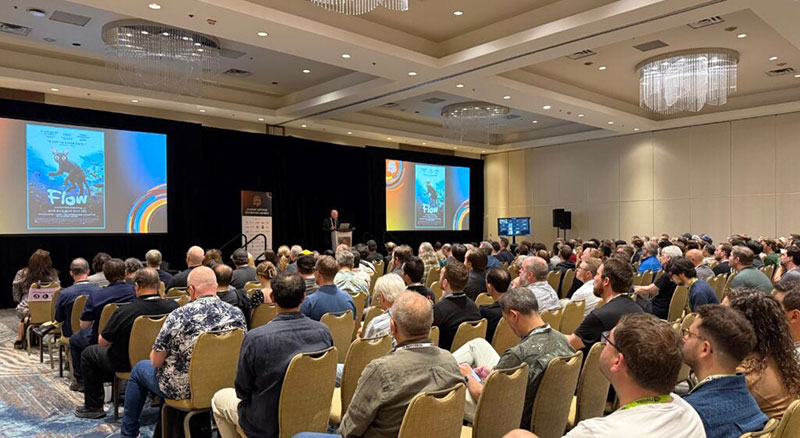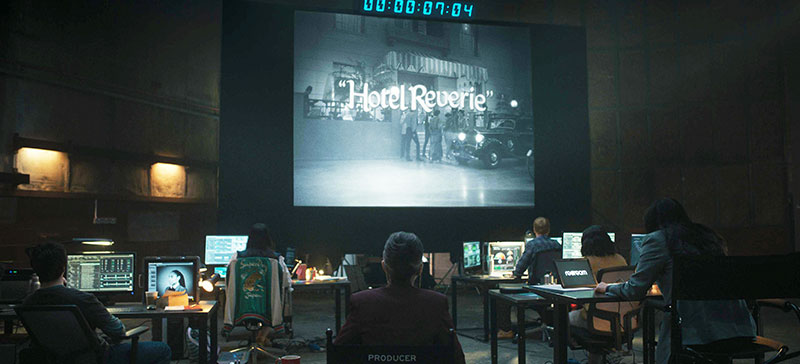Chaos Group V-Ray for Blender now makes the V-Ray renderer available to Blender users, working in animation, VFX, archviz and game cinematics, from inside the application.
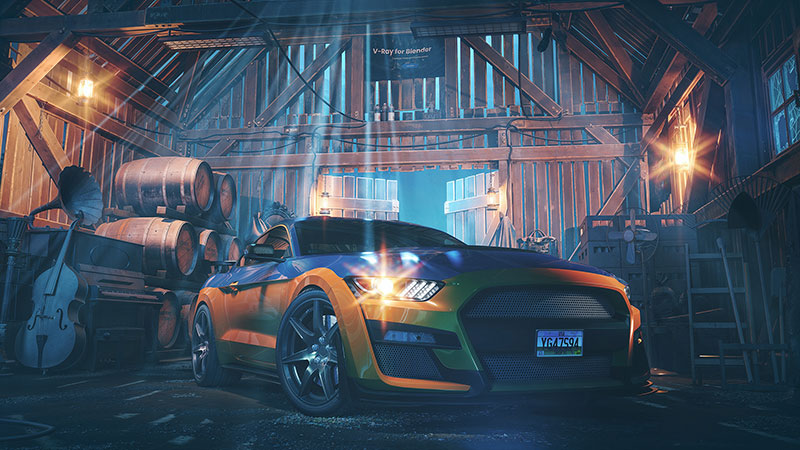
Chaos V-Ray for Blender now makes the V-Ray renderer available to users of one of the most widely used 3D creation tools. Artists at all levels working in animation, visual effects, archviz, game cinematics and other industries can now create production-quality images and animation, rendered through V-Ray from directly within Blender, without needing specialised setups.
V-Ray for Blender outputs professional-grade renders of imagery including photorealistic environments, as well as stylized animations. It has tools for real-world camera effects and lighting using Chaos' Global Illumination system, which simulates natural light behaviour to produce realistic results. Combined with adaptive lighting and PBR-ready materials, V-Ray for Blender’s approach focusses on efficiency and can optimise render times automatically by putting more processing power into the most important areas of the image, increasing speed without compromising quality.
"Blender's open-source development and active user community make it one of the most versatile 3D creation tools for users of any level, and adding V-Ray takes it a step further," said Allan Poore, Chief Product Officer at Chaos.
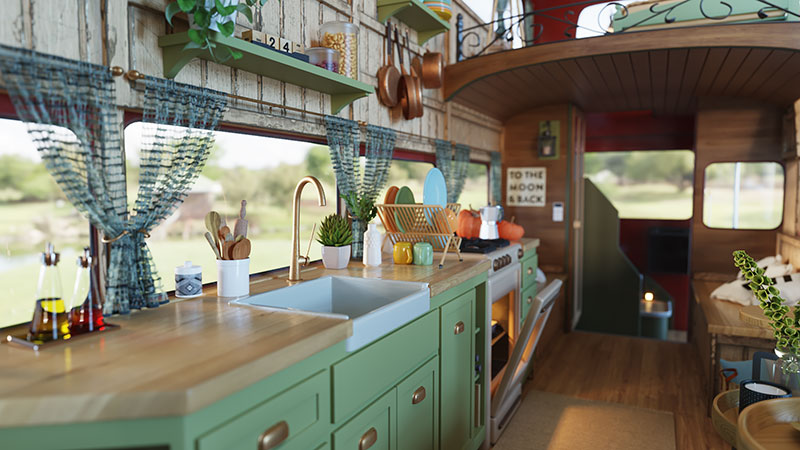
Once a scene is ready to render, users can either work with noise-free, interactive viewport rendering using the NVIDIA AI Denoiser and the Intel Open Image Denoiser, or produce clean final images through the V-Ray denoiser. From that point, they can use V-Ray’s range of post-processing tools for colour correction, light mix, compositing layers and masking – available directly within the Blender UI. Blender users can also access the Chaos Cosmos asset library of over 5,600 free, ready-to-use assets from inside Blender.
Rendering Configurations
V-Ray for Blender supports CPU, GPU and hybrid rendering configurations, which makes it scalable depending on the available hardware. Users can also use the Chaos Cloud service to move their data off their local machines and render in the cloud, allowing them to continue working locally on the next shot or project when time is short.

V-Ray lighting
Chaos Cloud has the further advantage of simplifying and enhancing collaboration. Its markup tools help reviewers highlight key information and identify potential problems. The project and design reviews can be accessed in one cloud-based platform, where anyone can be granted access. Users submit and render scenes in one click, directly from V-Ray.
V-Ray Universal Scene File
Along with the tools themselves, V-Ray for Blender users will also gain access to a much larger system through the V-Ray universal scene file format. Blender users now have the option to export their scenes as a .vrscene file, along with all geometry, lights, shaders and textures data.
From there, they can import the scene as an asset into any other V-Ray-supported tool – as well as the other way around – to assemble the project or shot. This two-way compatibility - which includes Maya, 3ds Max, Houdini and others — ensures consistency, avoiding time-consuming asset conversions and giving users options for previz and final production rendering. chaos.com


